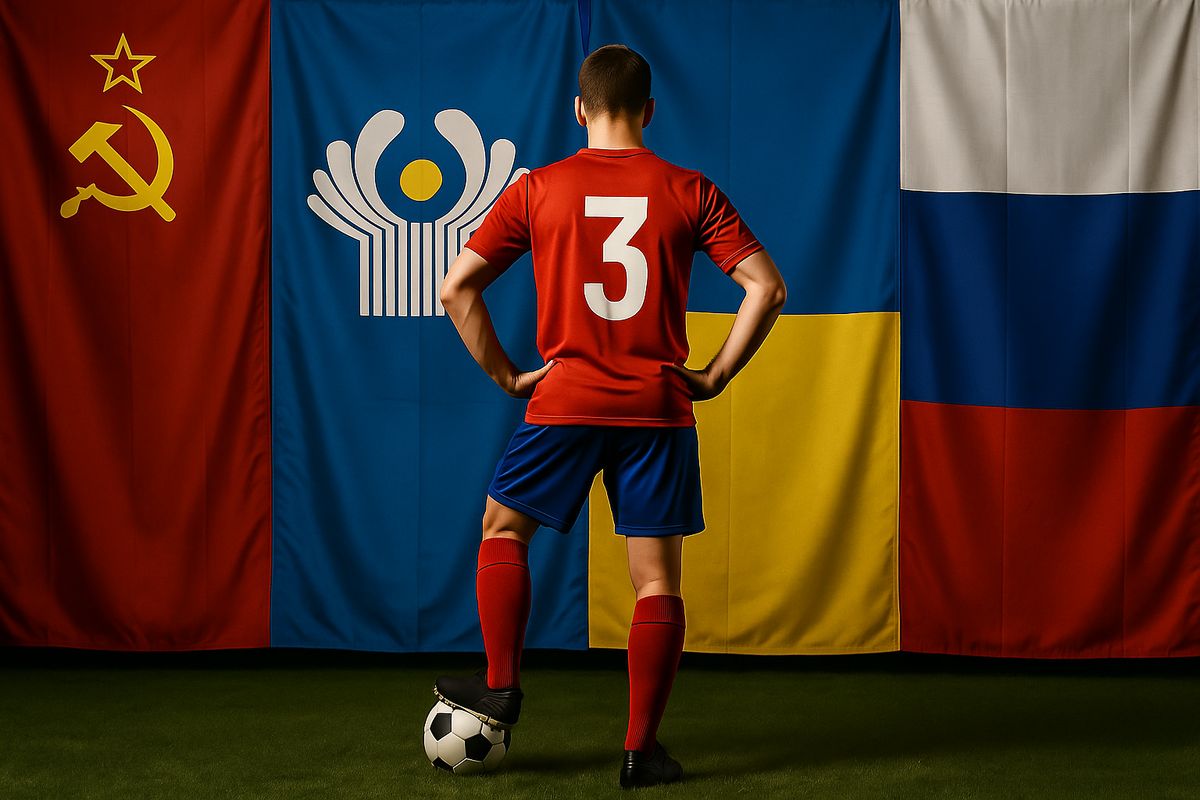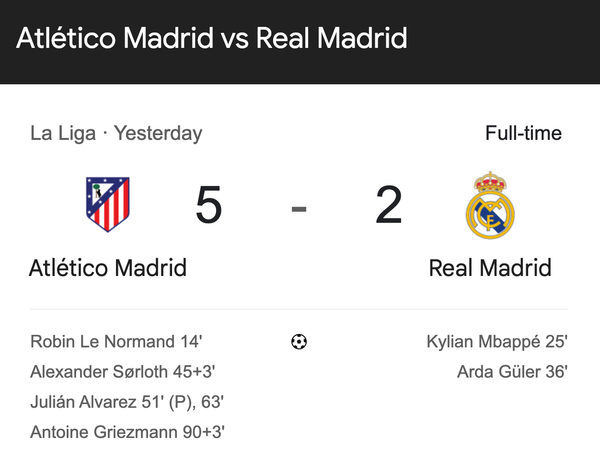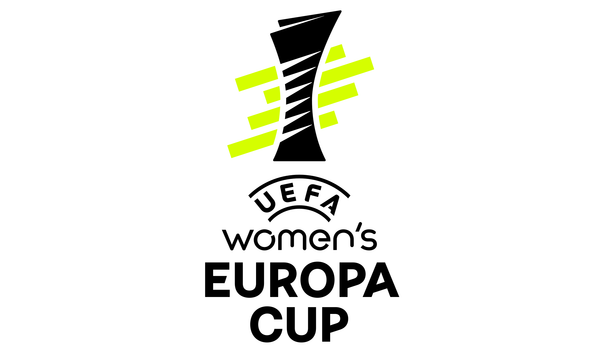The Man of Four Flags: The Untold Story of Akhrik Tsveiba, Football’s Stateless Nomad
Akhrik Tsveiba defied borders by playing for four national teams—the Soviet Union, CIS, Ukraine, and Russia—in a career shaped by the collapse of an empire.

In the shadowy borderlands of European football history, few stories are as surreal—and yet as real—as that of Akhrik Tsveiba, a man who managed to defy the concept of national allegiance not once, but four times.
Born in the now geopolitically contentious town of Gudauta (Georgia) in 1966, in what was then the Abkhaz Autonomous Soviet Socialist Republic, Tsveiba’s life would be irrevocably shaped by the collapse of empires, the fluidity of national identities, and the chaos of post-Soviet football.

By the time his international career was over, Tsveiba had represented four different national teams—a feat unmatched in modern football and still largely unknown to the general public.
From the Soviet Union (1), to the ephemeral CIS (2) (Commonwealth of Independent States), to Ukraine (3), and finally to Russia (4), Tsveiba wasn’t so much a journeyman footballer as he was a geopolitical anomaly 😅




Tsveiba had represented four different national teams. Soviet Union, Commonwealth of Independent States, Ucraine and Russia.
From Soviet Rise to Geopolitical Anomaly
Standing at 1.83 metres, Tsveiba was a commanding presence in defence. He started out with Dinamo Sujumi before catching the eye at Dinamo Tbilisi, and eventually earning a move to Dynamo Kyiv, then one of the dominant forces in Soviet football. In 1990, he lifted the Soviet Top League title and was awarded the prestigious title of Master of Sports of the USSR—a nod to both his talent and discipline.

Between 1990 and 1991, he earned 17 caps for the USSR, including appearances in the qualifiers for Euro '92. But as the Iron Curtain fell and the USSR disintegrated, the ground beneath Tsveiba’s boots shifted too.
Let me explain, the collapse of the Iron Curtain was a massive geopolitical shift that directly impacted Akhrik Tsveiba's career. The term, first used by Winston Churchill, described the political and physical barrier that had divided Europe since the end of World War II.
When the Iron Curtain fell and the Soviet Union disintegrated in the early 1990s, the ground beneath Tsveiba’s boots literally and figuratively shifted. Figuratively, the country he played for was gone, creating a void in national identity. Literally, new nations were forming, each with its own football federation. This meant a player like Tsveiba, born in what was then the Georgian SSR, now had to navigate which of these new countries to represent.
This explains why he went from playing for one unified nation (the USSR) to a series of temporary and newly-formed teams (CIS, Ukraine, Russia). His career path was a direct reflection of a rapidly changing world, turning him into a living timeline of one of the 20th century's most significant historical events.
The Brief, Unmatched History of the CIS Team
With the dissolution of the Soviet Union, UEFA faced an unprecedented challenge: how to represent a nation that no longer existed at Euro 1992. Enter the CIS, a makeshift coalition team that included players from Russia, Ukraine, Belarus, and beyond.
Tsveiba featured in five preparatory friendlies and two official matches at Euro ’92. The CIS would play just twelve official games before disappearing entirely from the footballing map. It remains the shortest-lived national team in European history.
A Brief Ukrainian Interlude
As nations rushed to form their own federations, Tsveiba briefly aligned with Ukraine, playing one solitary friendly in August 1992 against Hungary. It was a moment loaded with symbolism—Ukraine forging a new path, and Tsveiba momentarily becoming its standard bearer.
But history had other plans. By 1996, now playing his trade in Russia and nearing the twilight of his career, he switched allegiance once more—this time to the Russian national team, earning eight further caps (four in World Cup 1998 qualifiers, and four friendlies).
Tsveiba's Legacy in Football History
In total, Tsveiba played 33 international matches across four national teams—a stat line more suited to an RPG character than a professional footballer. While FIFA rules today would make such a career impossible, his story is a reminder of how turbulent history can leave its fingerprints on the most unexpected corners of the sport.
"Club Nomadism"
His "club career" mirrored the complexities of his international journey. After Dynamo Kyiv, he ventured into the Russian league, then spent time in Japan with Gamba Osaka, China with Shanghai Pudong, and finally returned to Russia to close his career with Uralan Elista and Dynamo Moscow.
Rarely has a player crisscrossed so many cultural and political lines with such ease. Tsveiba wasn’t just a defender; he was a silent witness to the unravelling and reweaving of Europe’s post-Cold War identity.
Postscript: What about April Tsveiba?
Akhrik’s legacy continues through his son, April Tsveiba, who followed his father’s footsteps into professional football and—fittingly—navigated between Russia’s youth teams and Chinese clubs, another reminder that borders in football, much like in life, are often fluid.
Akhrik Tsveiba is the footballer history nearly forgot—but shouldn’t. Because sometimes the most fascinating stories aren’t about the players who lifted the most trophies, but about those who carried the most flags.





